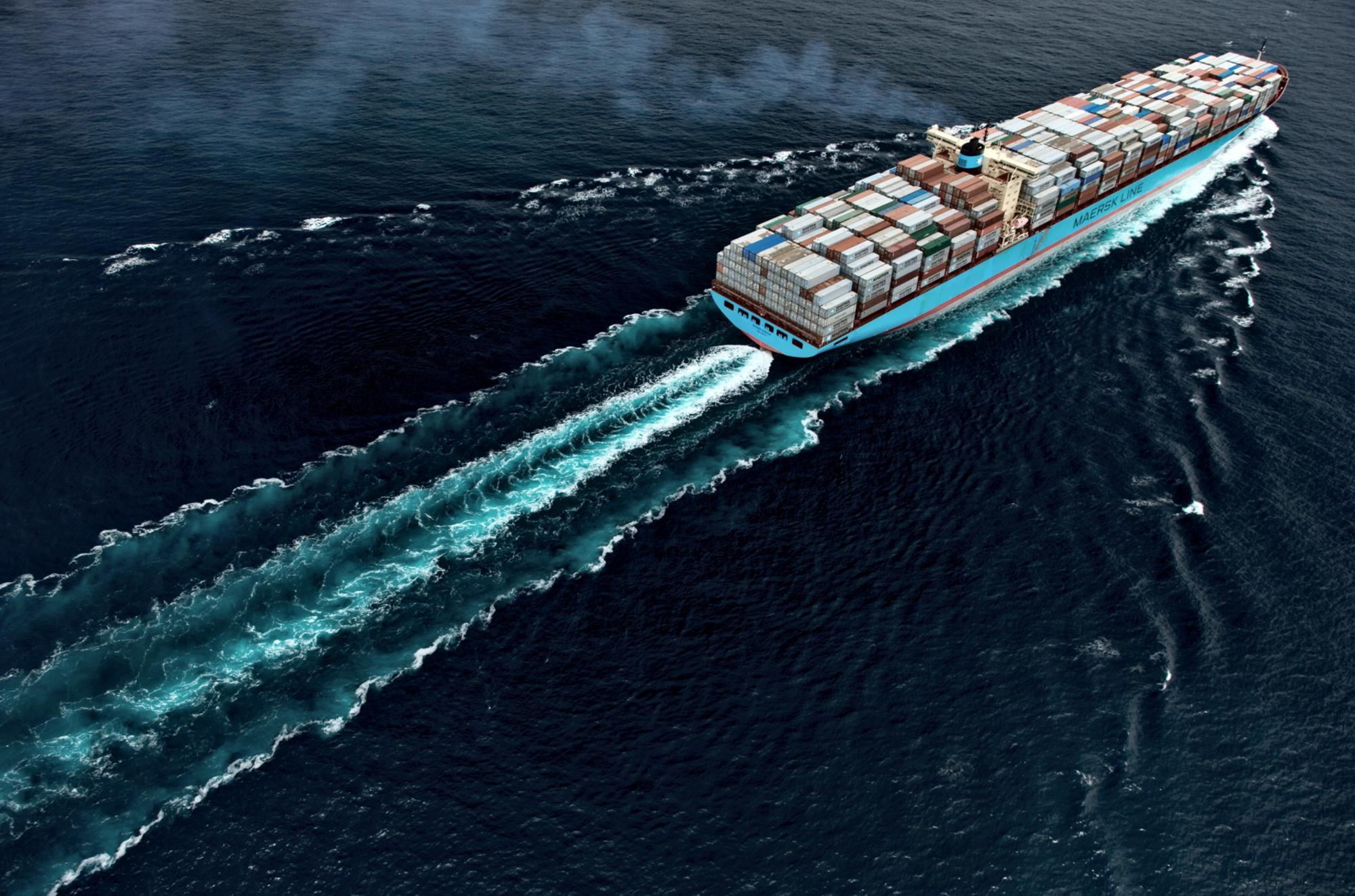The unique challenges faced by the intra-Asia shipping market have one of the region’s largest players worried.
MCC Transport, the intra-Asia arm of Maersk Line, operates more than 80 vessels and moved approximately 1.6 million TEUs last year. According to the company’s numbers, the intra-Asia trade has grown by just under 3% year-to-date.

“However, what you can’t see in the 3% is that the trade growth this year has been very uneven,” said Tim Wickmann, CEO of MCC Transport, speaking at the annual TPM Asia conference in Shenzhen. “I’ve been CEO of MCC for eight years and this is the most awkward growth scenario that we have seen so far. All the growth is coming from China. There’s basically no growth from any of the other countries. In fact, places like Taiwan and Japan have dropped considerably year-on-year.”
Wickmann pointed out that the intra-Asia market is complex and very different from the headhaul and backhaul trade to Europe or across the Pacific. It is also the largest market in the world.
“According to our statistics, almost one in four containers moving around the world is actually moving within our geography, which is everything from Bangladesh out to Far East Russia,” he said. “There are more than 70 shipping lines in this market and if you take all the ports and do a quick calculation, you get around 10,000 port pairs. A lot of the requirements for intra-Asia are turning more and more towards direct coverage.”
This competitive landscape, coupled with decreased global trade, has resulted in extremely low intra-Asia freight rates.
“At MCC, we’re blessed, or not blessed, to have a system that can break down every single cost component of moving a container,” said Wickmann. “So when we give a rate to our customers, we know exactly how much money it provides or doesn’t provide. Sometimes the management team jokes that it would actually be better if we didn’t have this system because we can then give a rate and be happy. At the moment we give rates and we can clearly see that we’re not happy.”
This is because the freight rate for many intra-Asia trade lanes barely covers the variable cost of moving a container onto and off a ship, which means that lines are sailing their ships for free in many corridors, severely hurting profitability.
“One of the scary parts about that is that our costs are actually the lowest they’ve ever been,” Wickmann said. “The time-charter cost for ships has almost never been lower and although the oil price has jumped a little in the last few weeks, it’s also very low compared to three or four years ago. There’s not much more we can do to sail our ships more cheaply than what we are doing already, so if we’re not making money today at the present rates, then what’s going to happen when, for example, the oil price increases?”
Infrastructure challenges aren’t helping either. Many of the smaller ports involved have not been able to keep up with the growth in traffic, leading to frequent congestion. As an example, Wickmann pointed to Myanmar, where there were 10 days of national holiday in April during the Burmese New Year period.
“What happened was that people stopped working for 10 or 11 days, but the cargo still poured in,” he said. “The port in Yangon is right in the middle of the city and there is basically no decent infrastructure behind it. Very quickly the port became totally full and we ended up waiting two weeks just to get a berth. At the moment, the worst place for us is actually Bangladesh, where the ports are swimming in containers and cargo is still coming in. It’s impossible to get a berth when our ships come.”
Any carrier wishing to take part in the intra-Asia market would do well to reduce its operating costs, as that is one of the very few ways to ensure survival.
“All I can say is that, now having been in shipping for 26 years, the yield generated by containers has never been as bad as it is right now,” Wickmann said. “This also means that any cost saving that we can generate has much more effect now that it ever has before. It’s much better for us to reduce costs by 5% than to get 5% more cargo, because that extra cargo isn’t generating much additional yield anyway.”
As for the cascading effect, Wickmann doubted whether any Panamax vessels would be used for intra-Asia services, given that the requirements for the market are frequency, direct services and flexibility.
“Panamax vessels don’t give any of those,” he said. “In fact, a lot of the ports we’re dealing with can’t even take Panamax vessels.”
On the few routes where Panamax ships could physically work, there are other prohibitive factors to consider. On Thailand-Japan, for example, the problem with a three-vessel service is that there isn’t enough time at the ports to fill each ship.
“To make use of the size of the ships, we would have to use four, but the minute you put in four ships on that service, your round trip goes from 21 days to 28,” said Wickmann. “We tried this with NYK last year and we failed miserably.”
Northeast Asia-Singapore/Malaysia/Jakarta could also be physically possible, but there are issues such as competition with 18,000 TEU ships, slot costs, difficult berth windows, and insufficient cargo.
Overall, in Wickmann’s opinion, the intra-Asia trade has no immediate need for Panamaxes since they only provide scale benefits if they are full.
“So my conclusion is that it’s not happening out of wish,” he said. “It can only happen out of need, if anything.”
By Jeffrey Lee
Asia Cargo News | Shenzhen



